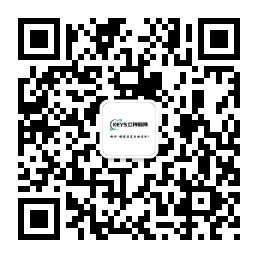Before understanding Bluetooth BQB certification, we need to know about the Bluetooth Special Interest Group (Bluetooth SIG). Founded in 1998, Bluetooth SIG is a company established by eight giants in the wireless communication industry, which is specifically responsible for the development of Bluetooth specifications, technical promotion, and qualification certification. Bluetooth SIG owns the Bluetooth Trademarks and authorizes its members to use the Bluetooth wireless technology and its registered trademarks free of charge, but the corresponding products must pass the Bluetooth qualification certification, that is, the so - called Bluetooth BQB certification. This means that any product with Bluetooth function must pass the Bluetooth BQB certification, otherwise the product will be regarded as an infringement by the Bluetooth Special Interest Group. Currently, there are more than 31,000 member companies in Bluetooth SIG.
However, not all products that support Bluetooth function are called Bluetooth products. Only after being tested and certified by SIG (Special Interest Group) to meet the Bluetooth standards can they be qualified to be put into the market under the name of Bluetooth products. In addition, the LOGOs and marks such as "BLUETOOTH" and "蓝牙" are all registered trademarks of the Bluetooth SIG organization. Only after a product passes the certification of SIG can it be authorized to use these LOGOs and marks, otherwise it is illegal.
1. QDL (Qualified Procedure) Prototype (Finished Product) Application
2. EPL Listing (Listing Type): It refers to the listing form of Bluetooth BQB certification. For example, for a finished Bluetooth speaker product, if the Bluetooth module has already passed the BQB certification, then the Bluetooth speaker product does not need to apply for BQB certification again. As long as it obtains the authorization from the module supplier, the product can be uploaded to the BQB website in the form of listing.
1. International Certification Application Form;
2. Block Diagram;
3. Schematic: The block diagram and the schematic should correspond to each other, and all crystal oscillators should be marked on the block diagram;
4. Operational Description;
5. PCB Layout;
6. Frequency - setting Software and Debugging Method;
7. Product User Guide;
8. Bill of Materials (Components);
9. Technical Data Sheet of Bluetooth Antenna (If it is designed as a PCB antenna, the antenna gain value can be directly filled in on page 1 of this application form, and the antenna specification sheet may not be provided).
1. International Certification Application Form;
2. Member Account;
3. Authorization Letter/NDA (Non - Disclosure Agreement) - Used when applying for PL;
4. DoC/SDoC (Manufacturer's Declaration) - The document will be provided for signature when listing;
5. One complete machine;
6. After the listing is successful, the enterprise needs to purchase a DID number.
Note: One DID number is only for one specification of module and one company name. For PL listing: If the hardware design of the Bluetooth module is fixed and the Bluetooth application (profile) is the same, it can be listed directly without testing.
BQB Application Process
Note: When applying for Bluetooth BQB certification, the pre - condition is to apply for the registration number, that is, the QDID number.
The background color of the figure mark has been adjusted from dark blue to light blue, and the RGB ratio has been adjusted from [R:34, G:96, B:165] to [R:0, G:130, B:252].
